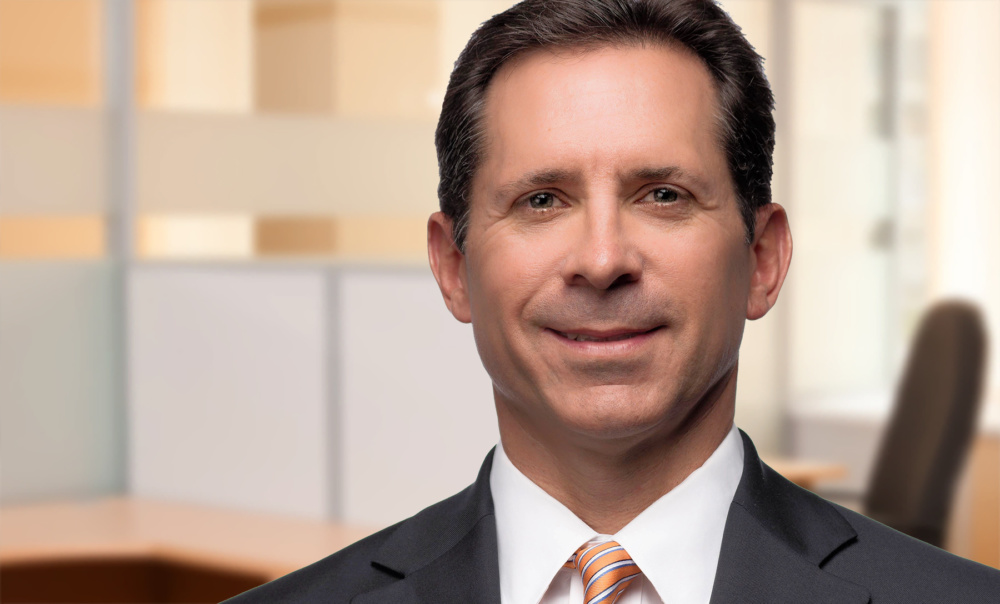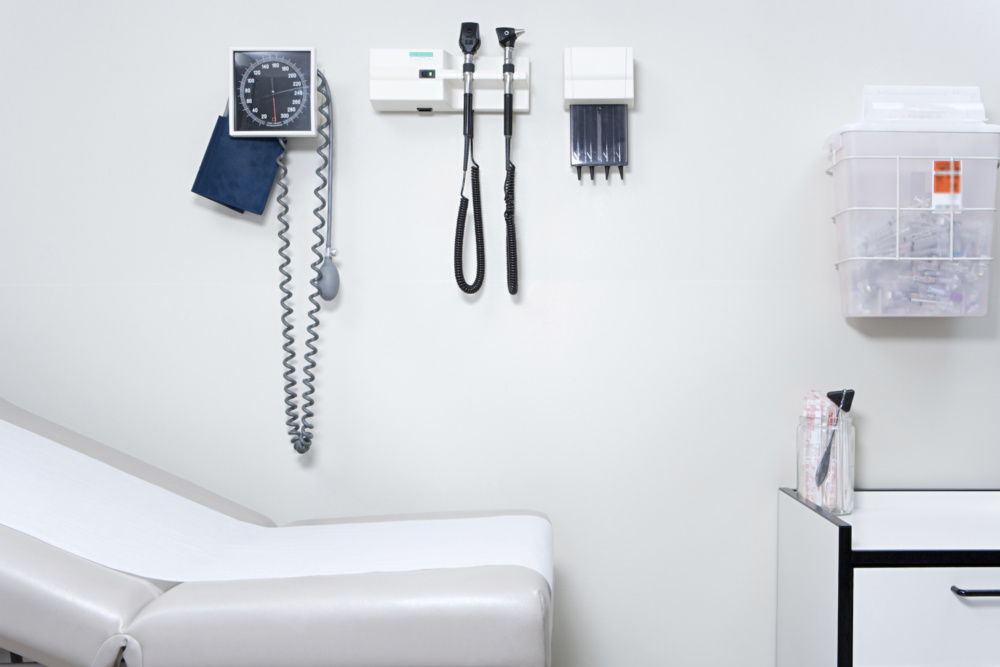By: Chad Gunter, Senior Vice President | Peloton Commercial Real Estate
[dropcap size=small]O[/dropcap]pening a new practice, relocating an existing practice, or renegotiating an existing lease can be a lengthy process that requires commercial real estate knowledge specific to medical office space, and attention to every step, which impacts your Practice. Having a Tenant Representative working on your behalf, providing guidance and market expertise will undoubtedly alleviate much of the stress associated with the decision-making process.It is a common misconception that tenant representation is too expensive, Tenant Rep services are actually provided at no cost to your Practice. Before you begin the task of looking for medical office space, consult a Tenant Representative. Following, are a few important items to consider when choosing the best space for your Practice.
“Whether this is your first office, or you want to explore alternate lease options, these tips and a Tenant Representative to help you along the way will make the process much easier.”

A Landlord’s contribution to interior finish is largely dictated by the lease term. A finish-out allowance or Tenant Improvement Allowance is the amount per square foot allocated to a Tenant to customize lease space. The amount quoted by the Landlord may not be at market value, and possibly will not cover basic (standard) building improvements. Finish-out cost currently runs $50 to $100 per square foot for a shell-condition medical office space. Requesting a preliminary finish-out plan and a corresponding preliminary construction budget is important. Finish-out expenses that exceed your allowance are, paid by the Tenant either in cash, or the Landlord may amortize the outstanding cost over the term of the lease.
Operating expenses will increase year to year. Inserting language in a lease that caps controllable expenses is important as Practices budget for future overhead.
Multi-tenant medical office buildings that have imaging, dialysis, or other high power utility uses should
be separately metered or submetered. Ask the Landlord if these users have separate meters or are sub-meters, if not, ask how this impacts the operating expense budget.
It has been a trend to sign long-term medical leases due to medical-specific build out expenses. However, Landlords are attempting to limit terms on leases to 3 years or less, giving them the opportunity to raise rents in line with market trends, which have been greater than long-term rent increases.
Commercial ground leases differ significantly from the traditional medical office or retail space lease. Ask to review the restrictions on a building that has a ground lease up front. Typically, the Landlord retains control of the property’s permitted use. Don’t waste time if there is a conflict.
“Having a Tenant Representative working on your behalf, providing guidance and market expertise will undoubtedly alleviate much of the stress associated with the decision-making process.”
Most importantly, addressing your Practice’s office-space needs too close to your lease expiration can be a costly decision. If your lease expires within the year, you need to begin doing your homework now. How many square feet do you need? What part of the city do you want to serve? What are your Practice growth objectives? How will your parking needs be addressed? What is the cost to finish-out the space to meet your Practice needs? What is the current payer mix for this area?
Whether this is your first office, or you want to explore alternate lease options, these tips and a Tenant Representative to help you along the way will make the process much easier.

For more information visit pelotoncre.com/sa.







Recent Comments